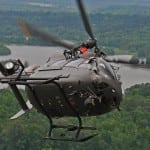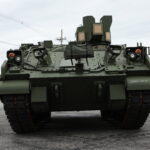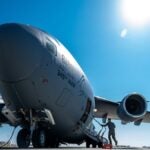
The Air Force is readying an announcement it has completed a new initiative to automate the process of approving commercial software, as officials look to speed up the deployment of new capabilities and automate more of the force’s information technology (IT) workload.Lauren Knausenberger, the Air Force’s director of cyberspace innovation, told attendees at an AFCEA IT conference Friday that the service is ready to begin implementing a new system for granting automated Authorization to Operate certifications for approved agile software…

 By
By 











